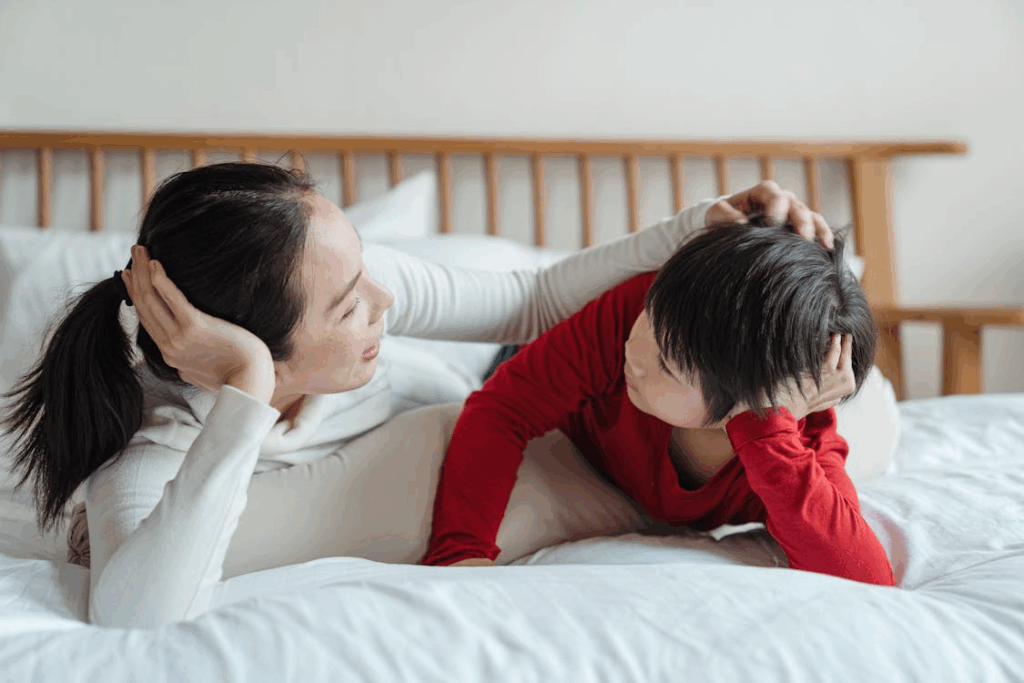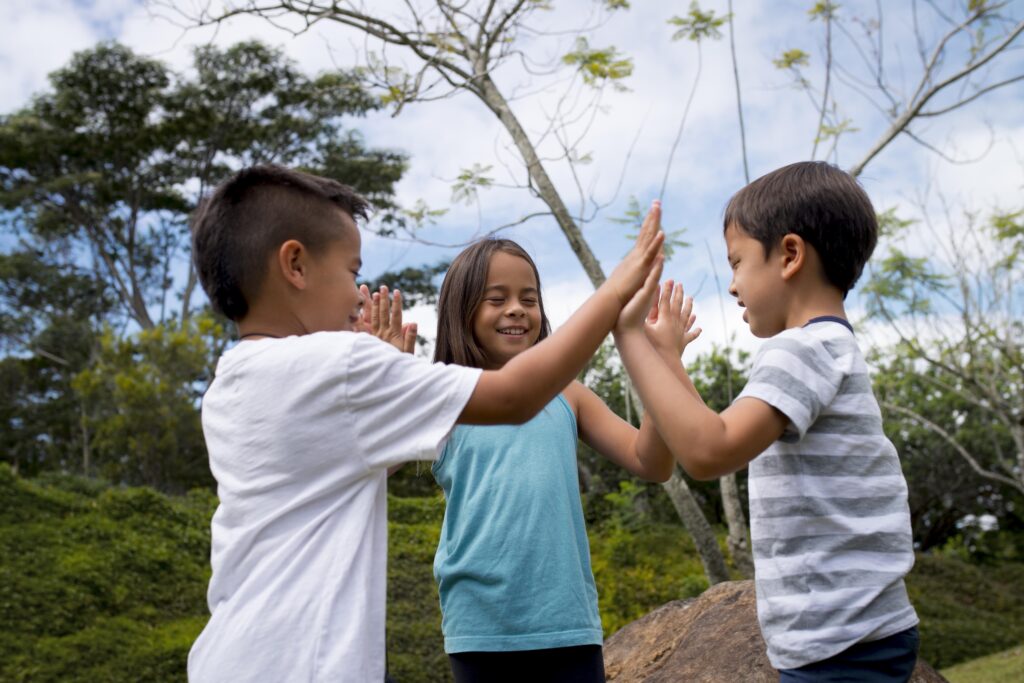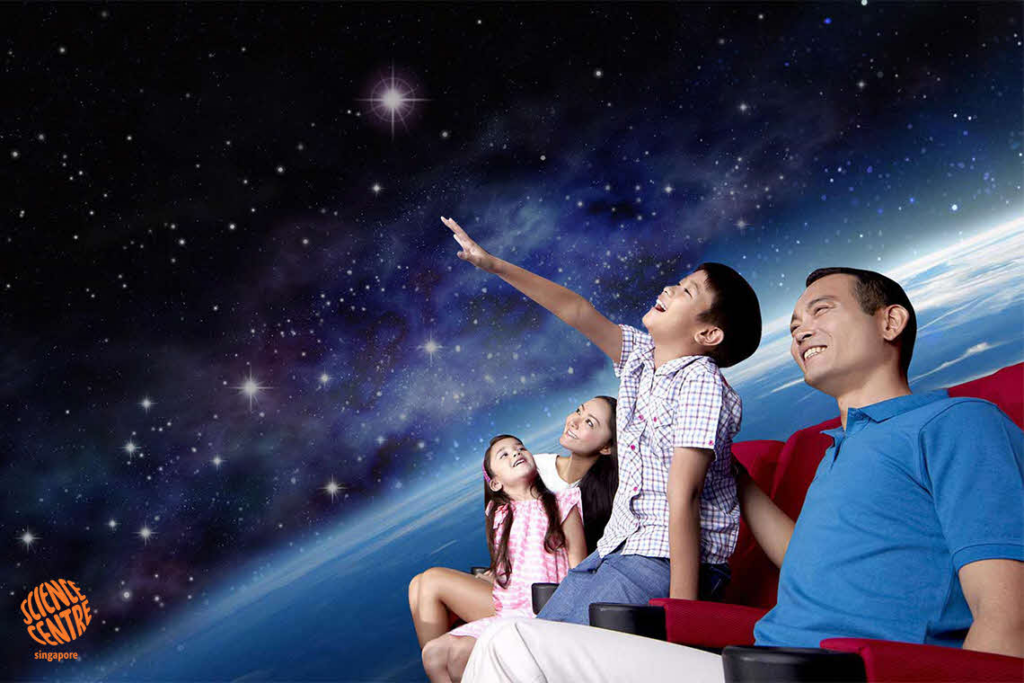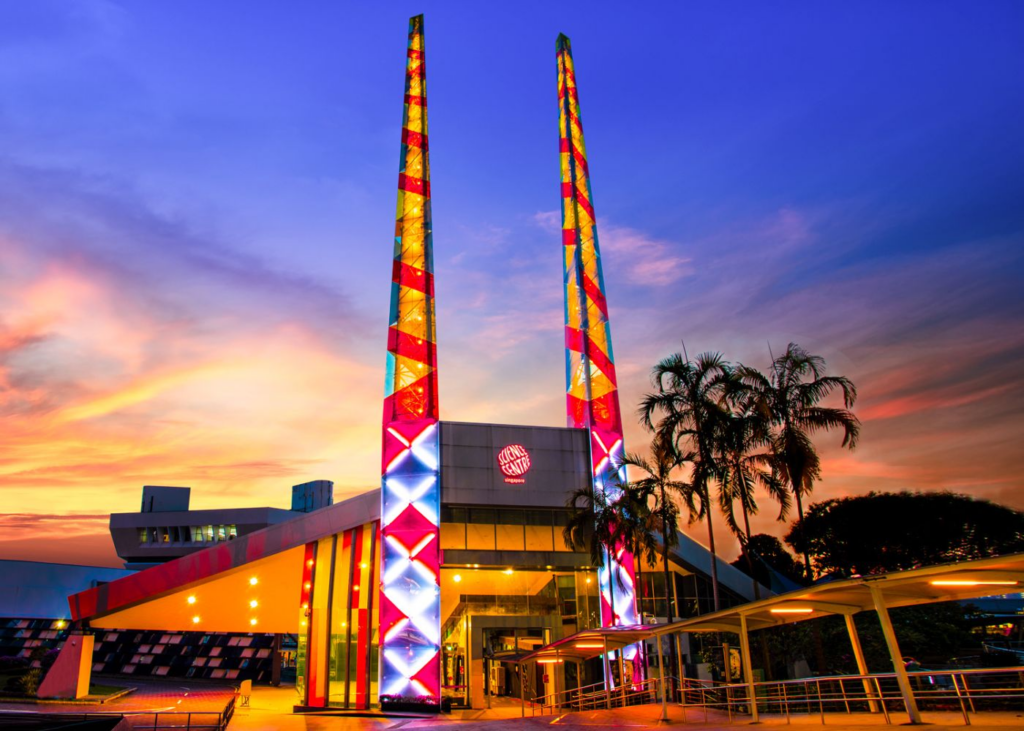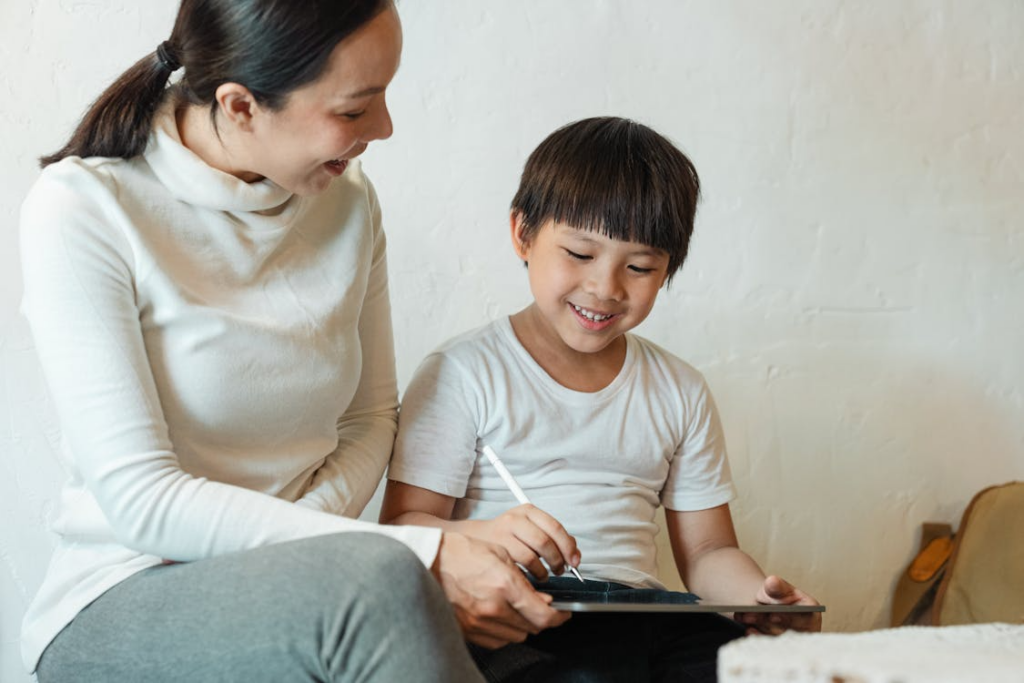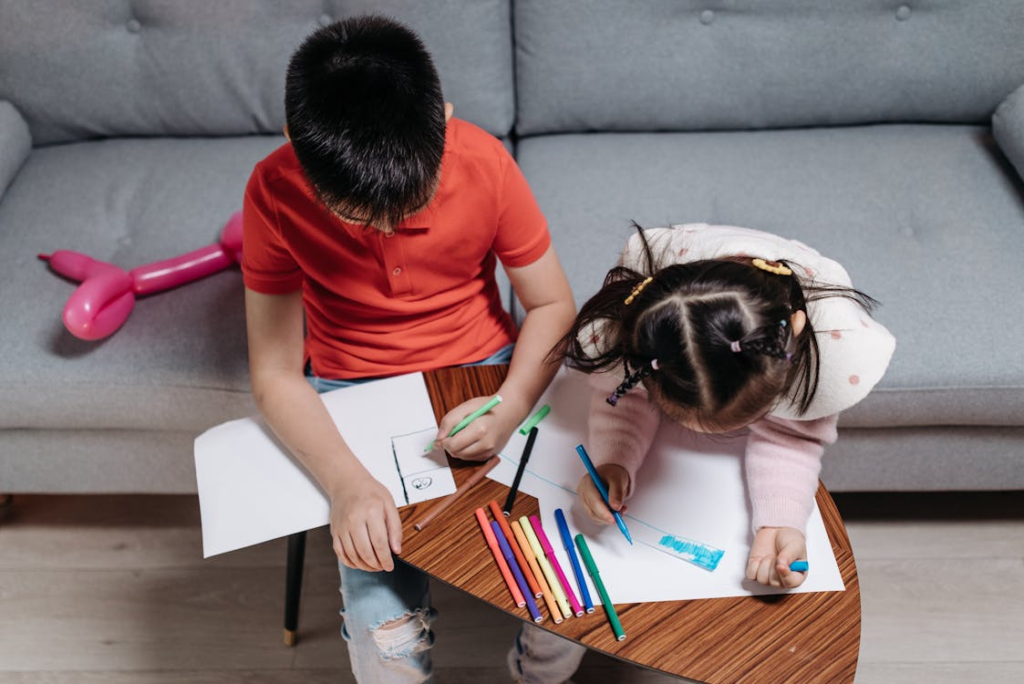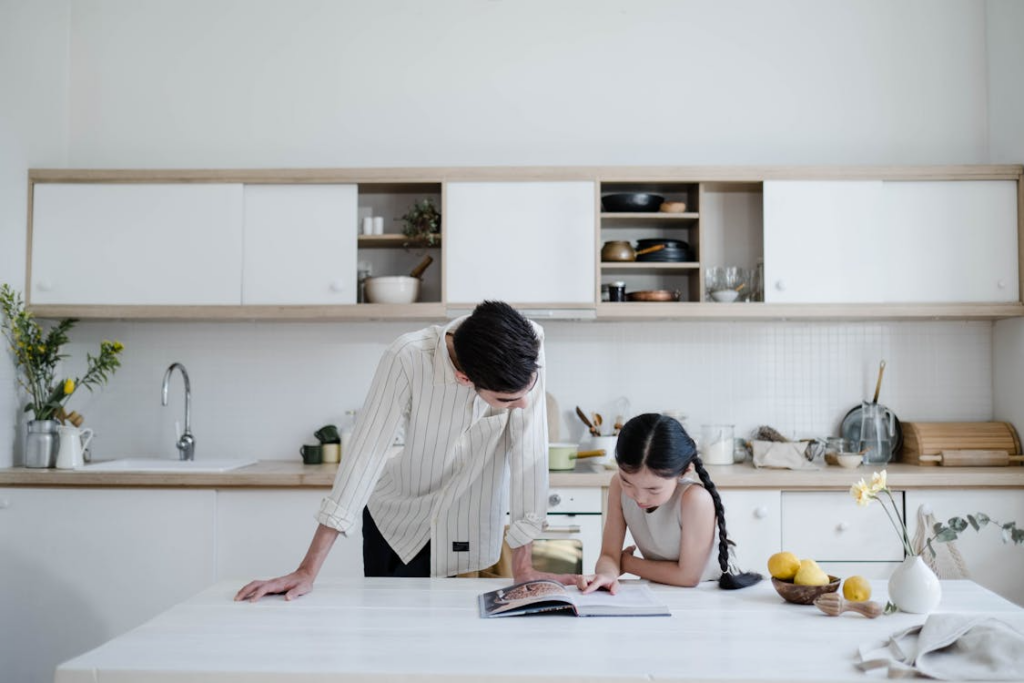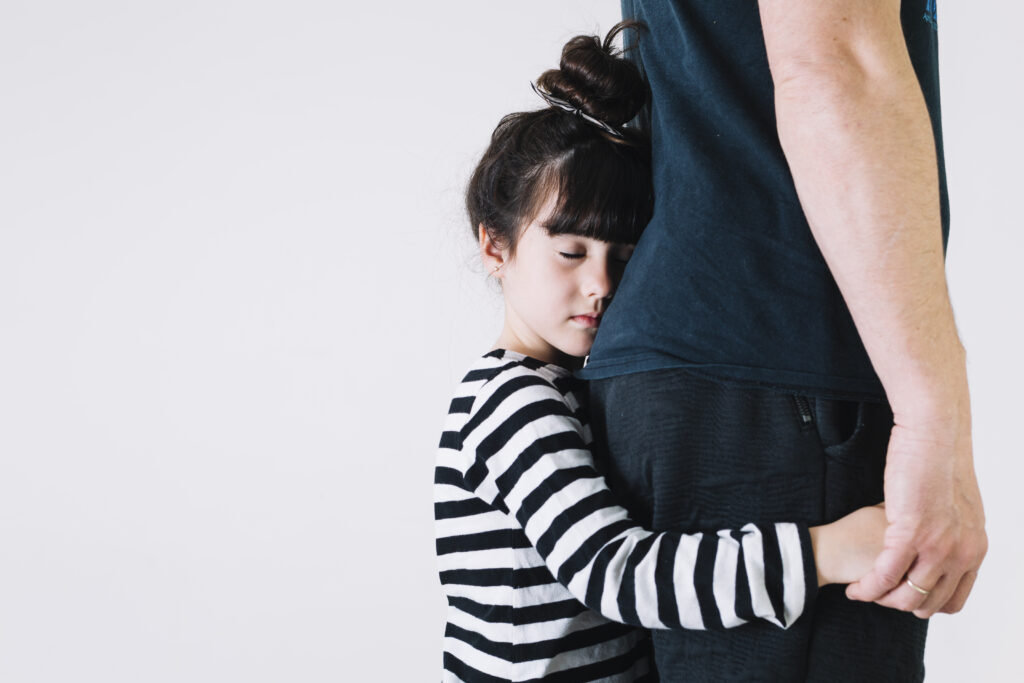“Kids slip from one screen to another without thinking, and the effects show up in their mood and sleep long before parents notice.”

Too much screen time can pull kids in deeper than most parents realise. It isn’t just about phones; kids bounce between computers, laptops, TVs, and tablets without even thinking about it. Many spend hours scrolling through social media or getting hooked on games that make them feel like they have to finish “just one more level.” This constant pull toward screens can affect their mood, sleep, behaviour, and even their relationships with people around them.
If you’re starting to wonder whether your child’s screen habits are getting out of hand, it helps to know what signs to look for. The sooner you spot the patterns, the sooner you can guide things back on track.
Screen Time Starts Taking Over

If you’ve tried setting limits on screen time and your child still can’t seem to pull themselves away, it may be a sign that screens are taking up more space in their day than you realise. They might push back, sneak extra minutes, or reach for a device the moment you look away. Many kids don’t even notice how much time they’ve spent staring at a screen. It becomes so automatic that hours slip by before they know it.
Keep devices in common areas so screen time stays out in the open and is easier to guide. This adds a natural boundary without turning it into a constant tug-of-war. You can also talk about healthy screen habits in a simple, encouraging way. Taking short breaks, mixing screen time with other activities, and paying attention to how their body and mood feel after being online for a long stretch.
When Screen Time Becomes the Only Fun Time

If nothing seems fun to your kid anymore until a screen shows up, that’s a pretty strong hint that devices are becoming the main thing they look forward to. Kids who lean heavily on screens often lose interest in activities they used to enjoy, and sometimes the change happens so gradually you don’t notice it at first.
Try bringing in simple, fun offline activities that actually feel enjoyable. It doesn’t need to be a big production; you can try board games, quick outdoor adventures, or small creative projects. What really helps is doing these things together. When kids feel your presence and attention, they’re much more likely to set the device aside and join in.
Dropping School Performance

When screen time starts dominating your child’s day, schoolwork is usually one of the first areas to take a hit. You might notice them struggling to focus on homework, zoning out quickly, or showing zero interest in their studies. It’s hard for school tasks to compete with fast-paced videos and games, so assignments can start feeling boring or overwhelming. This can lead to slipping grades, unfinished work, and a general “I don’t care” attitude toward school.
To help bring their focus back, you can introduce simple study techniques that make schoolwork feel more manageable. The Pomodoro technique works well. Set a timer for a short work session, then follow it with a quick break. You can also try “eat the frog,” which just means tackling the toughest task first while their brain is still fresh. Breaking homework into smaller chunks with timers or checklists can also make studying less intimidating. These small structure changes help kids build better habits while gently pulling their attention away from screens and back into their learning.
Social isolation

Excessive screen use can slowly push kids into their own digital bubble, replacing real-life interactions with endless scrolling or gaming. You might notice them choosing devices over playing with friends, joining family conversations, or participating in group activities. This often results in weaker social skills, fewer friendships, and a growing sense of disconnection. If your child consistently prefers a screen over people, it’s usually a sign that their social world is shrinking more than it should.
You can start planning activities that naturally involve interaction. Family outings, playdates, or even trips to children’s play centres or other interactive learning spots can give them a fun break from screens. These places encourage hands-on play and social interaction, which helps kids practice real-world skills. You can also arrange playdates or group hangouts where they can bond with peers in a relaxed way. Little by little, these shared experiences make real interactions feel enjoyable again, and that makes screens easier to put down.
The Physical Health Impact

Too much screen time can take a toll on your child’s body in ways that sneak up over time. Long hours sitting still can lead to weight gain, especially when it’s paired with mindless snacking during screen time and less time being active. Many kids also deal with eye strain after staring at screens for long stretches. Things like dry eyes, headaches, or blurry vision that they might not mention unless you ask. These physical symptoms can build slowly, but they’re often a clear sign that screens are taking up more space than they should.
To support your child’s health, try weaving more movement into the day in a way that feels fun and doable. Go for a walk together, play a quick game outside, or turn on some music and have a silly dance break. Small, shared moments of activity make a big difference. You can also set up your home to encourage healthier choices. Keeping mostly nutritious snacks available, limiting junk food, or planning simple meals together.
Disruptive Behaviours

Too much screen time can show up in a child’s behaviour in ways that catch you off guard. Some kids become more hyperactive, easily irritated, or quicker to lash out. These shifts can be even stronger when they’re watching or playing content that’s loud, fast-paced, or violent. This kind of exposure can make it harder for kids to regulate their emotions, follow rules, or calm themselves down after getting upset.
Start by checking the type of content your child is watching and gently steering them toward calmer, age-appropriate options. You can also set up a simple evening routine that helps them unwind and reset after a busy day. If certain games or videos seem to trigger aggression or hyperactivity, swap them out and guide your child toward content that encourages creativity or problem-solving instead.
Some early signs that can help you spot when screen time might be becoming too much for your child. Noticing these shifts early gives you a better chance to step in and guide things before they get harder to manage.
But if your child’s screen use keeps growing or starts affecting their daily life in a way you can’t get a handle on, reaching out for professional help is a wise move. A paediatrician or child therapist can offer guidance, support, and a clearer plan. You don’t have to sort this out on your own, and getting help sooner can make things feel much more manageable for both you and your child.


















